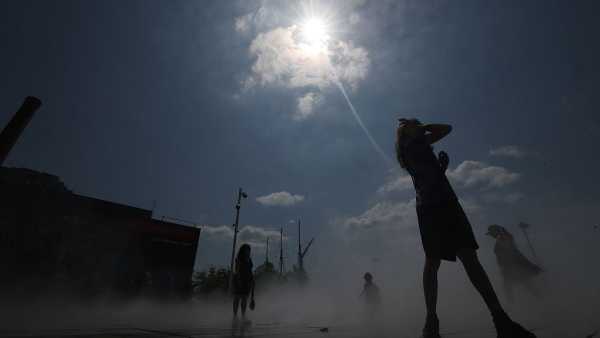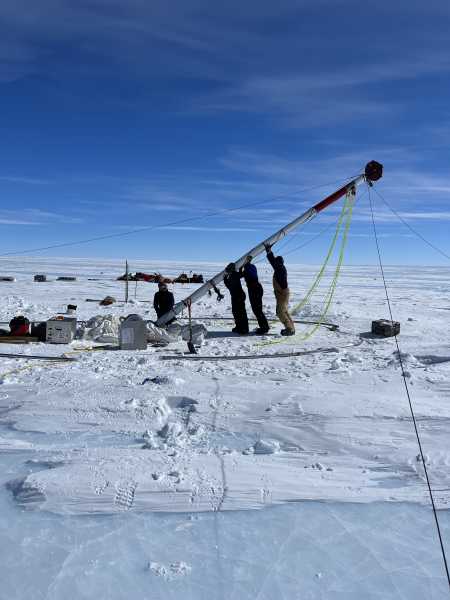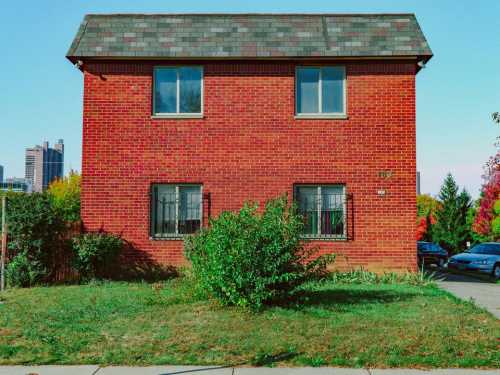
Death as a physiological process is unlikely to evoke positive emotions in anyone. We often say that a person should lose weight or gain weight, rejuvenate or, conversely, have gray hair, but death probably does not make anyone more attractive. However, it is still interesting why a person does not look like himself after death, how it happens that the changes can be so significant that many, looking at the deceased, exclaim: “This is not him!”.
Relaxed muscles
The face and its expression are formed mainly by muscles, of which there are a huge number in the head area. Sometimes people get so used to tension that even their gaze becomes different. This can manifest itself over the years, due to acquired life experience, and then we notice that our loved one, acquaintance or friend has become gloomy. All the suffering, fears, traumatic events experienced are visible on the face.
All emotions are expressed through muscles that can become fixed over time, forming permanent features. In this way, the face is held in a certain configuration, as if fastened with suspenders.
After death, the entire body relaxes, the muscles “let go of the face,” and then it can lengthen or lose its emotional expression. You look at the deceased and don't recognize the same relative you knew all your life. It's not him anymore. He doesn't look like him at all! There's not even a single resemblance. And all because we remember not so much the features of the skeleton as the location of the muscles on the face, their shape and areas of tension. In a coffin, everything familiar can simply disappear. The fog has lifted, as they say…
Dehydration of the body
A living person maintains fluid balance in the body in various ways. He avoids heat by reducing sweating, drinks water, regulates processes using the excretory and metabolic control systems. After death, all these functions are no longer available, and the body finds itself in conditions where fluid leaves it and no longer enters.
For example, when you see blood coming from the nose of a deceased person, it is most likely phlegm, a fluid that contains blood cells and serum. It is not so much pure blood as connective tissue and other elements in a liquid state.
The skin also loses moisture. In addition, fluid flows downwards, which creates cadaveric spots. As a result, the shape of most parts of the body changes greatly, because it was supported by water, blood, etc. Now all this is gone.
Relatives look and see how the nose becomes sharper, the cheeks sink in, the cheekbones protrude. Sometimes the changes are so significant that you are no longer able to recognize your loved one. It's not him. There is not even a single resemblance!
Additional influencing factors
The two reasons described above are the main ones. But there are several other factors that affect the appearance of the deceased.
First, it is important how a person died. Those facial muscles that a person used extremely rarely during life could tense up. It is not about the muscles themselves, but about their configuration, facial expressions, emotions.
One of my relatives died in a car accident and at the last moment, apparently, he noticed the threat flying straight at him. Even coins in front of his eyes did not help, because his eyelids were very tense, fixing his gaze. When falling from a height, people are almost always very tense, and after death, their facial expressions often freeze. Since you have never seen him like this, you will have the feeling that it is not him at all!
Secondly, the body temperature in the body is tightly regulated during life, there are a number of tools for lowering and raising it. But after death, of course, none of this happens. You could often hear phrases like “wow, how pale you are” or “you’re all red with anger”. And almost always it all ended with the words “you don’t look like yourself”. The deceased is no longer nauseous, he is not hot or cold, but the skin of the face, having been in certain temperature conditions, changes its appearance. That is why we no longer recognize a person.
There is also a superstitious version that the face of a deceased person changes depending on the number of sinful acts he committed. The more evil he committed, the more his appearance deteriorates. I had to write about this version, but it would be foolish to support it. The logical explanation is as follows: evil people are constantly tense, their eyebrows are furrowed, their lips are compressed. Even the cheekbones help create a menacing expression on their face. After death, as already mentioned, the muscles relax, and the person becomes different. It seems like a complete explanation, but good people also lose their usual features. So, the theory about the sinfulness of the deceased falls apart. It loses all meaning.





